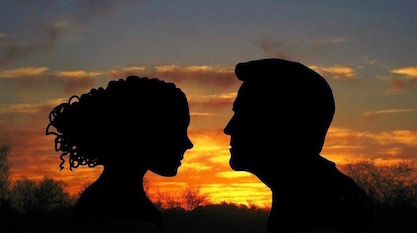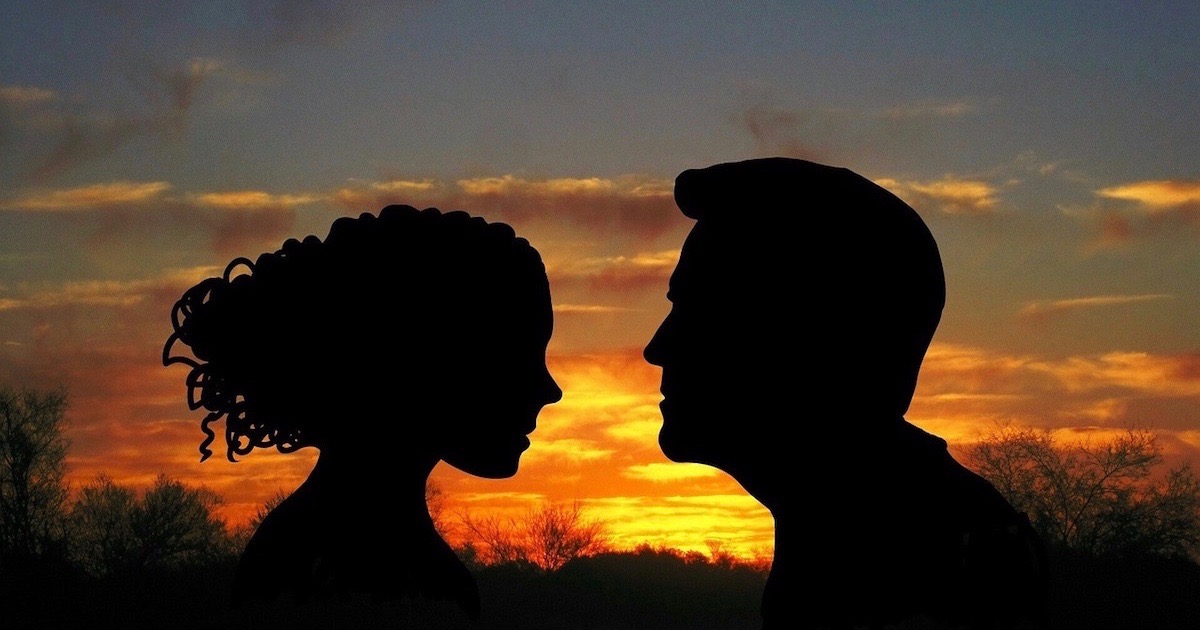 Evolution
Evolution
 Faith & Science
Faith & Science
 Human Origins
Human Origins
Ruling Out Originating Human Pair, Theistic Evolutionist Oversteps — Geneticist Chimes In


In his book Adam and the Genome, Dennis Venema of BioLogos oversteps on the science, never mind religion, I mean. Ann Gauger’s post from yesterday (“Is a First Human Pair Possible or Impossible?”) citing geneticist Richard Buggs is one strong indication of that. Here’s another. At the site The Skeptical Zone, V.J. Torley asks, “Adam and Eve still a possibility?”
Geneticist Richard Buggs, Reader in Evolutionary Genomics at Queen Mary University of London, has just written an intriguing article in Nature: Ecology and Evolution (28 October 2017), titled, Adam and Eve: a tested hypothesis? Comments on a recent book chapter. It appears that Buggs is unpersuaded that science has ruled out Adam and Eve. He thinks it’s still theoretically possible that the human race once passed through a short, sharp population bottleneck of just two individuals, followed by exponential population growth. Buggs disagrees with the assessment of Christian biologist Dennis Venema, professor of biology at Trinity Western University in Langley, British Columbia, who forthrightly declared in chapter 3 of his 2017 book Adam and the Genome that it is scientifically impossible that the human lineage ever passed through a bottleneck of two, and we can be as certain about this fact as we are about the truth of heliocentrism.
… As a layperson, I have to say it looks as if Buggs has done his homework…
I would be interested to know what biologists think of Richard Buggs’ article. Is he right? Does science still leave open the possibility of Adam and Eve? Over to you.
Along comes another geneticist, no friend to biology that’s open to the design hypothesis. Torley summons Joseph Felsenstein of the University of Washington’s Genome Sciences Department, whom I associate him with the hard-core Darwinist group blog Panda’s Thumb. Felsenstein appears shortly after in the comments section:
I have been occasionally reading this thread, but whenever I was tempted to make a point, darn it, someone then made it before I could.
Just saying that rates of mutation are high and so the pattern could occur is insufficient. One needs a more quantitative analysis with estimated mutation rates. HLA is a hard case for A&E — it would be even better to find more polymorphisms involving multiple haplotypes and put all that information together. There are coalescent methods that use more information than PSMC, which only uses 2 haploid genomes at a time. Those methods need more development, but when they get it there will be more focused analyses.
Most of the effort in analyzing these data has been to infer the past history of population size, rather than to make statements about A&E. If one poses the problem as whether we can absolutely certainly rule out A&E [Adam & Eve], that is asking for more than science can deliver. But if we ask whether it is made very improbable, that is not as hard to establish. [Emphasis added.]
I’m no more a geneticist than V.J. Torley, but I can read English. One needs “more quantitative analysis,” “more development” in methods, “more focused analyses.” Absolutely ruling out a first couple is “asking for more than science can deliver.” It’s “not as hard to establish” a two-person bottleneck as “very improbable,” he says, and perhaps that’s the way Felsenstein’s own sympathies lie. But he doesn’t seem to go even that far.
Be that as it may, the BioLogos view adheres to what they call the “scientific consensus that the human race did not originate from only two individuals.” That sounds pretty absolute. There’s a strange puzzle in Christian or other religious scientists who insist on telling fellow believers they need to give up traditional beliefs like this when scientists with no known religious commitments, such as Dr. Felsenstein, don’t go that far.
Photo credit: Alexas_Fotos, via Pixabay.
